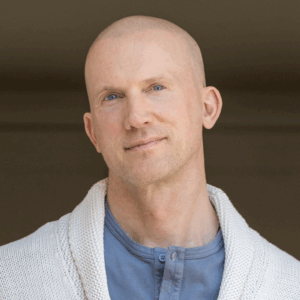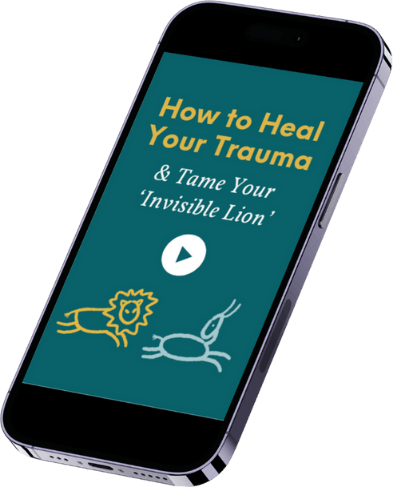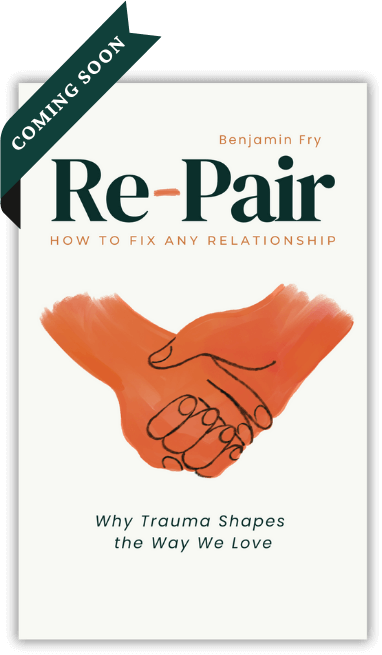Blog #27
Even when a child’s early relationships weren’t straightforward or particularly healthy, they still grow up to have another go at forming intimate relationships. However, we tend to end up being the person we learned to be when we were young.
The attachment styles that we learn in our early childhood greatly influence the relationships we have in adulthood. When the mother, or caregiver, demonstrates a well-regulated nervous system, the baby will follow and exhibit the same behaviour in their adult relationships.
A mother that overreacts to triggers, where the reaction is greater than than the intensity of the stimulus, teaches the baby to do the same, which carries on into their adult relationships.
A mother that under-reacts to triggers, where the reaction is much weaker or even non-existent in relation to the stimulus, will teach this pattern of behaviour to the baby, who will carry that into their later relationships.
A compelling framework for understanding dysfunctional romantic relationships was popularised by Pia Mellody, describing the cycles of love addiction and love avoidance.
Love Addiction
Most of us, at some point, have had a fantasy about saving someone, or being saved, or both. This fantasy leaves us believing that happiness can be found in a perfect, fairy-tale-like relationship. People enter these relationships with fantastic notions about the other person; that they, and only they, can save them and make everything OK. It’s the belief that if we can get the right relationship, then all of our pain will go away.
If this sounds familiar, then you’ll know that in the end, something will happen to shatter the fantasy. Having ignored warning signs and told little lies to ourselves to maintain the fantasy, eventually we will be confronted with a truth we can no longer deny, we won’t be able to maintain the fantasy, or the other person will leave. Whatever the reason, it hurts a lot.
Breaking up from these relationships can leave the love addict devastated. It is completely shattering, because our sense of self has been so closely tied to the fantasy about the other person. In the end, the fantasy is gone, along with ourselves. After eventually recovering, the love addict finds the space and energy to start again, usually to begin the same cycle over again, either with the same person, or with someone new.
So why do people entertain these illusions, the fantasy relationships? The answer lies in the story of the nervous system.
Under Reactions in Love
For the love addict, relationships usually start out as a way to fill a void. This void is usually created from the first relationship, that with the caregiver, when the caregiver is an under reactor. Under-reactive caregiver-baby relationships look like this:

Within this dynamic, there is no emotional feedback, and the baby will struggle to maintain a nourishing, satisfying relationship and connection with the caregiver.
Nothing creates a void like having a caregiver who is an under-reactor. The child is likely to behave in a similar way, with under-reactions as their default in later life.
A nervous system like this hasn’t received enough connection in childhood, and as a result, yearns for it. For this reason, this nervous system believes that it needs everything from the outside. A fantasy is created about the perfect person or relationship that will come along and make everything OK.
You can download this post in a handy 2-page PDF to print and share with friends, family, clients or colleagues. Follow this link to download now.
You can buy a copy of The Invisible Lion now on kindle or paperback from your local Amazon store. Just click here to buy now.






